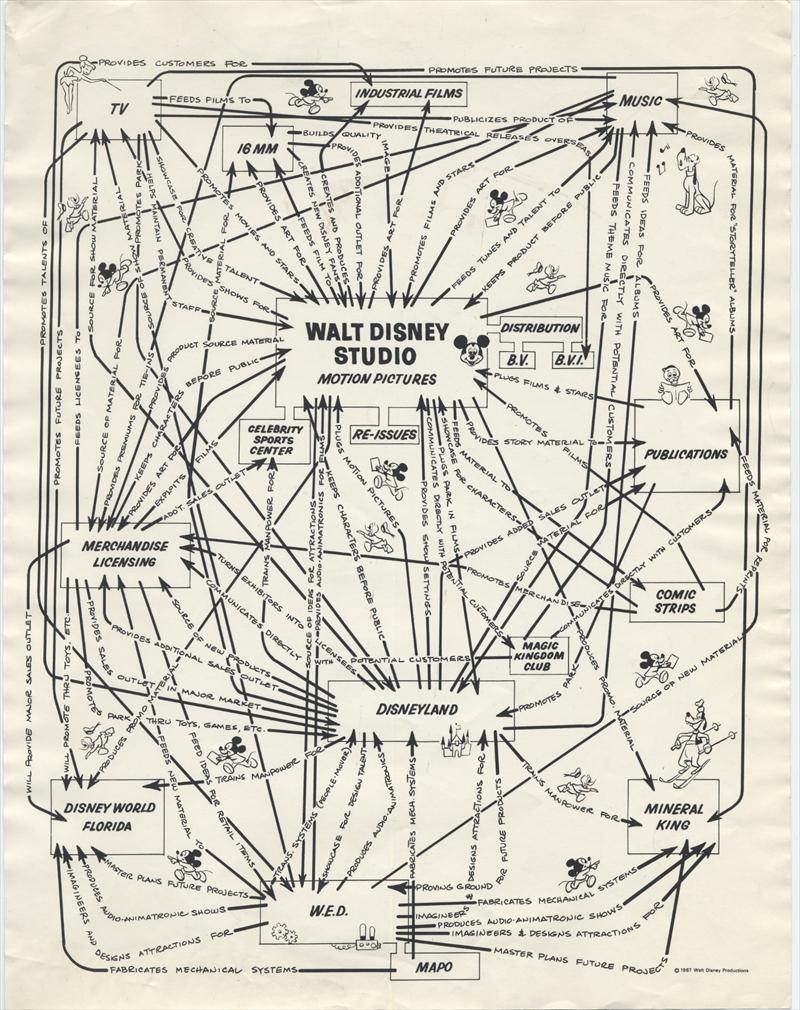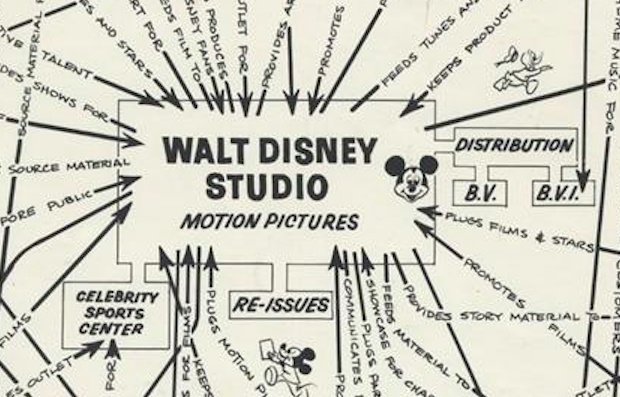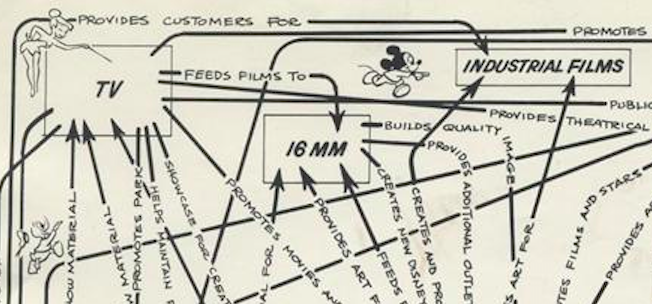Back in 2017, Ray Dalio published Principles: Life and Work, a bestselling book where the creator of the world’s largest hedge fund shared “the unconventional principles that he’s developed, refined, and used over the past forty years to create unique results in both life and business.” You can find a distilled version of those unconventional principles in a 30-minute animation video previously featured on our site.
To accompany his book, Dalio has now released, along with University of Pennsylvania organizational psychologist Adam Grant, a free personality assessment tool called PrinciplesYou. The assessment takes about 30 to 40 minutes to complete, and we would strongly encourage you to sign up for an account before you get started, so that you can save the results of the assessment afterwards. Otherwise you will lose the results.
According to psychologist Brian Little, “PrinciplesYou was developed over a two-year intensive and creative R&D process with two goals in mind. First, it measures traits that Ray Dalio and his team have observed and studied for many years as critical for personal and organizational success. Second, it is based on the latest research in personality science. The assessment provides a person’s score on a comprehensive set of traits, their underlying facets and interactive patterns, and it has high reliability, internal structure, re-test reliability and validity of these traits and facets. A distinctive strength is its ability to predict an extraordinary array of actual behaviors observed by the Bridgewater staff over many years.”
Adam Grant adds: “To achieve success, you need to know yourself and the people around you. Although your car comes with an owner’s manual, your mind doesn’t—and neither do your colleagues. We designed PrinciplesYou to help you gain the self-awareness and other-awareness that are critical to making good decisions, getting things done, and turning a group of coworkers into a great team.”
You can watch Grant and Dalio discuss PrinciplesYou above. You can listen to Grant feature Dalio’s insights on his Work Life podcast here. And finally you can start the free personality assessment here.
Related Content:
Free Online Psychology & Neuroscience Courses
The Principles for Success by Entrepreneur & Investor Ray Dalio: A 30-Minute Animated Primer



















